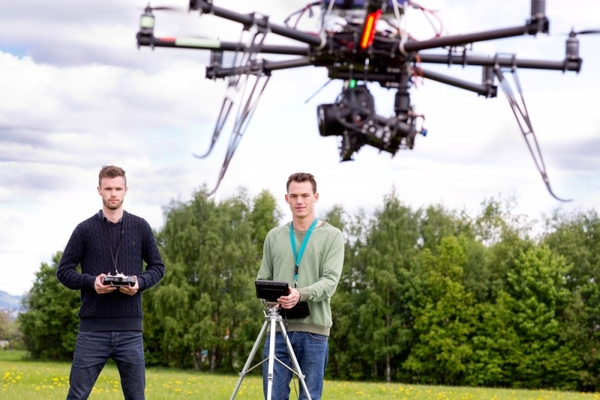
When you learn to fly drones, certain places are more suitable than others. As a beginner, I would never recommend practicing in say, your backyard (if you live in an urban neighborhood). Since there’s not much room to maneuver, it can be very risky. As a general rule of thumb, focus on wide, open areas that are free from obstructions. Additionally, your area of choice should be forgiving (won’t damage your quadcopter if you crash) and be free from people. Below are six places where you shouldn’t learn to fly drones.
#6: Near a Body of Water
One way to test fate is to fly your drone over a body of water. Simply lookup “Drone water crashes” on YouTube and you’ll see what I’m talking about. All it takes is a bad battery, a gust of wind, or a mishap of the controllers to send your drone plunging into the abyss. Even if the body of water is relatively small, I would still recommend staying away from it. I’ll be the first to admit: when you learn to fly drones, skimming over the water can feel pretty awesome. However, it’s still far too risky in my opinion to justify the action. Check out what happened to this Dutch drone flyer:
#5: Wooded Areas
A lot of flyers like to take their drones with them on camping trips to record the action. But there’s just one problem: trees are a drone’s worst enemy. Even experienced flyers can have a hard time navigating through wooded areas. This isn’t to say that you can never fly in or around wooded areas. However, it definitely helps to be experienced. On a side note, never fly over a wooded area either. Why? Because if your drone crashes in a thick forest, you might never find it. This guy got lucky:
#4: The Backyard
When you learn to fly drones, the backyard is not the ideal practice spot. Unless you live in the middle of nowhere, there’s always a possibility of hitting trees, homes, or people. Aside from safety concerns, flying in an urban area can make neighbors feel very uncomfortable (especially if your drone has a camera). Consumer drones are still relatively new, and in the public eye, they’re considered dangerous and obtrusive. Don’t give the drone community a bad reputation by making your neighbors upset! So, if you can learn to fly drones away from your home, try to do it.
#3: Indoors
I wouldn’t rule out indoor flying just yet. It really depends on the size of your drone. For example, the CX-10 or Syma X12 are perfect indoor models. They’re small, lightweight, and can’t really cause any damage. In fact, they’re excellent models to practice on as you learn to fly drones. With that said, larger models (like the DJI Phantom 3) shouldn’t be flown indoors. Their large weights make it nearly impossible to fly indoors safely. Overcoming the urge the fly indoors can be hard, but you’ll definitely thank your wallet later.
#2: Busy Parks
Flying in parks is generally okay assuming there aren’t too many people around. If the park is heavily populated, then just don’t fly. Generally, most crashes happen completely out of the blue. And should this happen, you definitely don’t want to hit a person. As a matter of fact, many cities are now trying to ban consumer drones in their public parks. I don’t particularly agree with these bans, but I recommend that you still follow them. Otherwise, you could have your drone confiscated, or worse, be detained by the police.
#1: Utility Easements
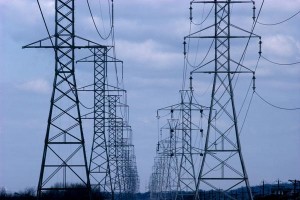 A “Utility Easement” is a piece of land used by utility companies to access specific parts of a property. At first glance, they may appear like the perfect flying location- plenty of open space, no people, etc. Take a look at the picture (right). You’ll notice that, while there’s plenty of open space available, there’s also a huge power line near where you’d be flying. Not all utility easements are setup like this, but many are, so try to avoid the temptation.
A “Utility Easement” is a piece of land used by utility companies to access specific parts of a property. At first glance, they may appear like the perfect flying location- plenty of open space, no people, etc. Take a look at the picture (right). You’ll notice that, while there’s plenty of open space available, there’s also a huge power line near where you’d be flying. Not all utility easements are setup like this, but many are, so try to avoid the temptation.
Where Should You Learn to Fly Drones?
Places like football, baseball, and soccer fields are excellent places to practice (assuming they’re not crowded). Here’s another important tip to remember: when you learn how to fly drones, avoid places with tall grass. This can make finding a downed drone way more challenging than it needs to be. Also, if you do end up flying at a public park, try to do it during off-peak times. For more information on how to fly better, check out my article, How to Fly a Drone Like a Pro. Good luck, and fly safe!

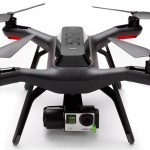
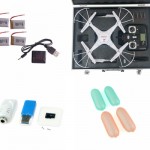
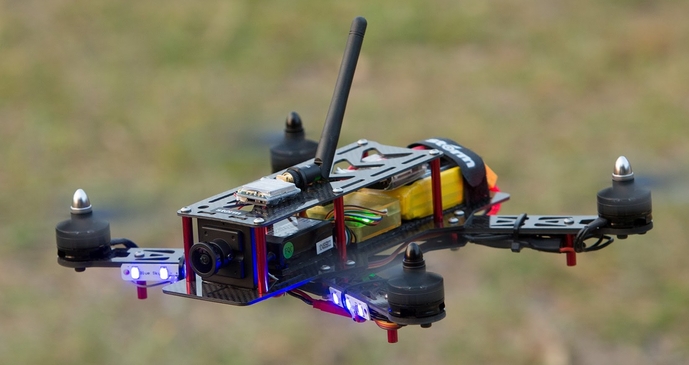
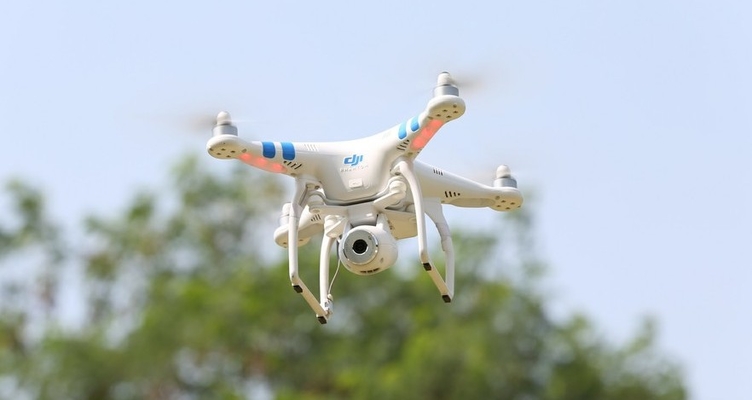
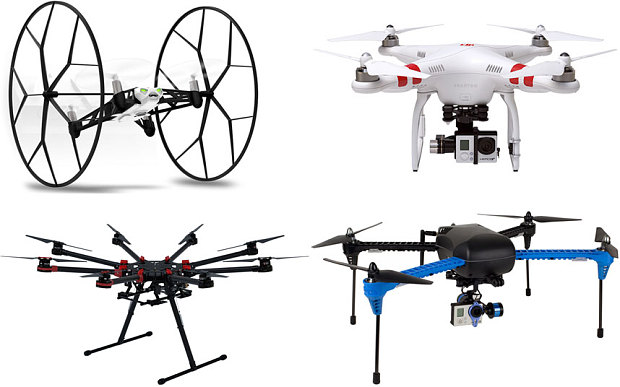
I am a bit disappointed. I have lost my dog in a very wooded area. East Texas Piney Woods. I had hoped this could be used to help find a pet or lost child but it seems this is not something that can be done.
I would like to point out that many quads have an audible signal or alarm that can be activated. If this is the case for your equipment, then a large open field with tall, knee-length grass is the best place to learn as you will likely crash, and the landing will be softer.
Thank you for sharing.